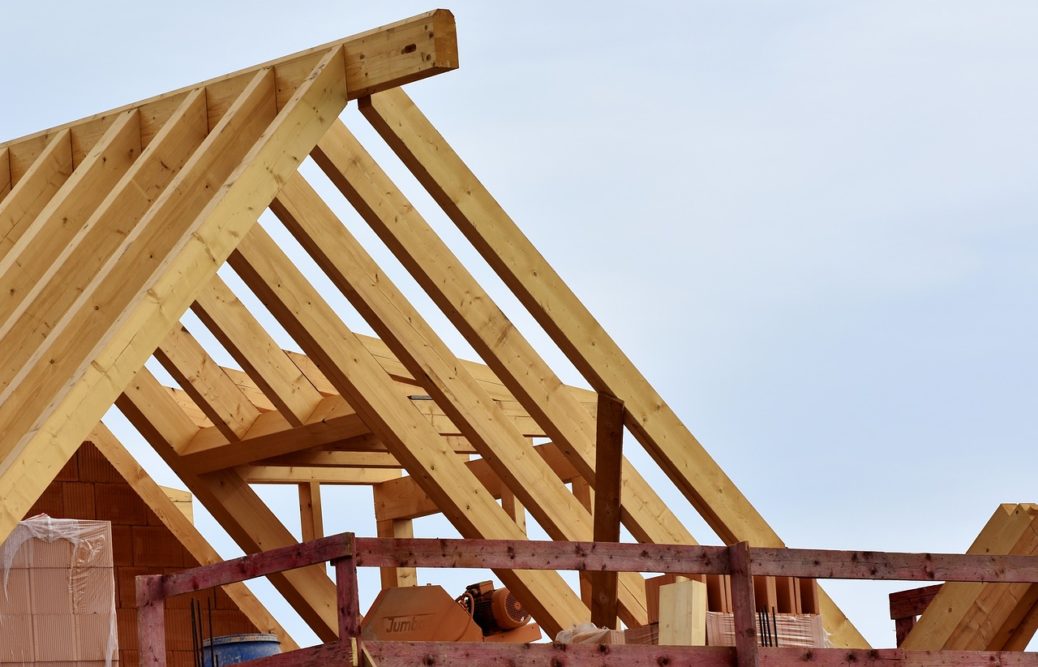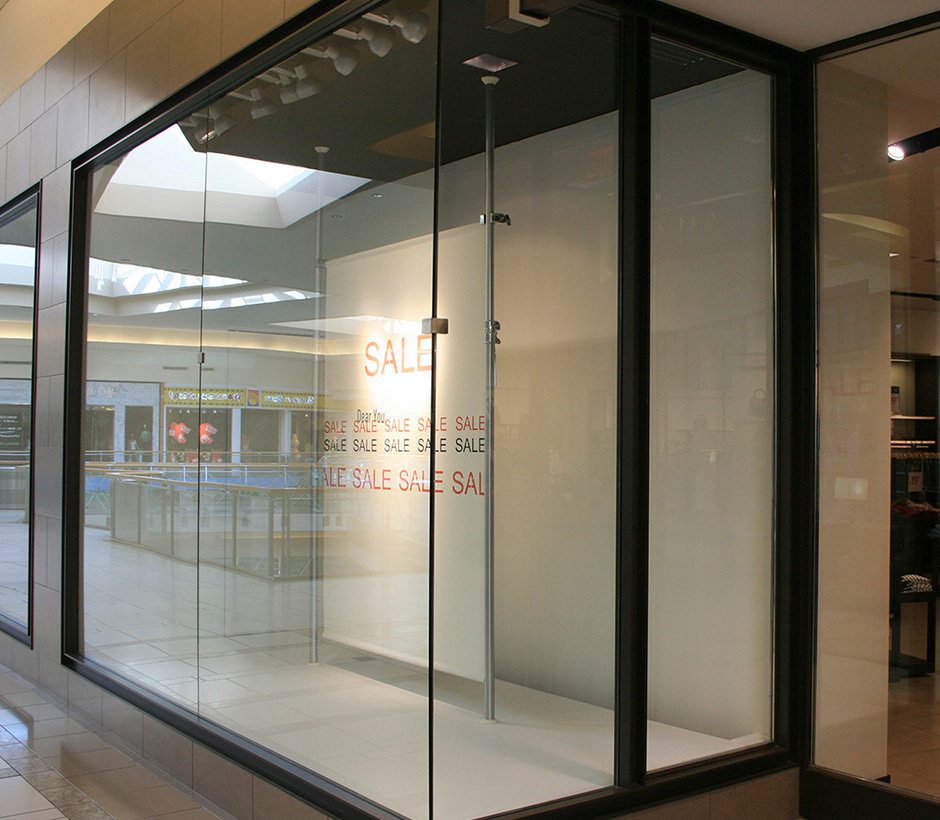Producing Wall Openings For Curtain Wall Surfaces In Revit Structure Vdci Edu
With developments in product modern technology and ingenious style techniques, drape walls can add to minimizing energy intake, optimizing thermal performance, and advertising environmental stewardship. The very first is the mounting system, which supports the weight of the glazing and transfers it to the building structure. It is typically made from lightweight products such as aluminum or steel, selected for their toughness, longevity, and ability to withstand corrosion. The key feature of a drape wall system is to provide an external envelope that shields the building from the elements while enabling aesthetic expression and energy performance.
Drape wall building is a method of structure where a non-structural, lightweight outside wall is installed to enclose a building's facade. Unlike standard bearing walls, curtain walls are created to sustain their own weight and the forces applied to them, such as wind and seismic tons. In this area, we have actually produced a contrast table that highlights the key functions and qualities of the most typical kinds of drape wall systems. This table is designed to offer a comprehensive summary of each system, including its materials, installation techniques, structural assistance, and other vital elements. Whether you are an architect, service provider, or building proprietor, this contrast table can assist you make a more enlightened choice when it involves picking the appropriate drape wall surface system for your project. In addition to its visual benefits, timber curtain wall systems also supply superb thermal performance.
What Is Drape Wall Surface? Its 2 Systems, Advantages, & Drawbacks
The wall surface transfers lateral wind tons upon it to the major building framework through connections at floorings or columns of the structure. Overall, drape wall construction is a contemporary and innovative technique to building envelopes. The use of high-performance glass and thermally damaged light weight aluminum framework can aid to decrease heat transfer, minimizing energy usage and boosting interior comfort degrees.
With the temperature level inside the building being a lot more regulated, you'll additionally take advantage of a considerable decrease in power prices for cooling and heating. Unitized drape wall surfaces generally include 2 or even more panels that are stacked and interconnected to develop a structural whole. The Helpful site panels are frequently developed by extrusion and are commonly reinforced by embedded steel stiff frameworks for stability. This kind of curtain wall surface is utilized on many workplace towers and skyscrapers for its transparency, glare control, and insulation homes.
Drape Wall Surface Systems

What Are The Advantages Of Curtain Wall Systems?
It acts as an obstacle against air and water seepage, along with providing thermal https://beckettdfzl679.lowescouponn.com/the-importance-of-proper-roofing-installation-constructing-a-long-lasting-foundation insulation and soundproofing. These systems are immune to weathering, effect, and fire, making them an excellent option for a variety of building kinds, consisting of high-rise buildings and institutional structures. Terracotta panels are likewise resistant to fading, ensuring the building preserves its aesthetic allure over time. One of the major advantages of rock veneer drape wall systems is their ability to offer a natural and classic aesthetic. Using natural rock adds structure, deepness, and character to a structure exterior, creating a special and aesthetically appealing appearance. Rock veneer can likewise be personalized to satisfy a variety of visual and functional requirements, with choices for rock type, color, pattern, and texture.
Direct exposure to the aspects requires mindful option of external-facing products. Plastics and plastic-coated choices are practical options if they follow fire regulations laid out in relevant documents. One prominent option is glasslike enamelled steel or aluminium sheets (0.7-0.8 mm thickness).
- Spandrel or vision glass might additionally have clear glass, which can be for protection or aesthetic functions.Along with these two, there are various other options, such as stone drape wall surfaces, ceramic curtain walls, and wood drape walls.On the whole, glass fin drape wall surface systems are a prominent selection for modern-day and modern structures, providing an aesthetically striking look, structural effectiveness, and excellent thermal efficiency.It offers an attractive and resilient envelope for any building while likewise adding to its power efficiency and toughness.
